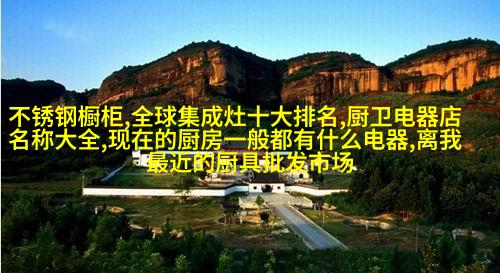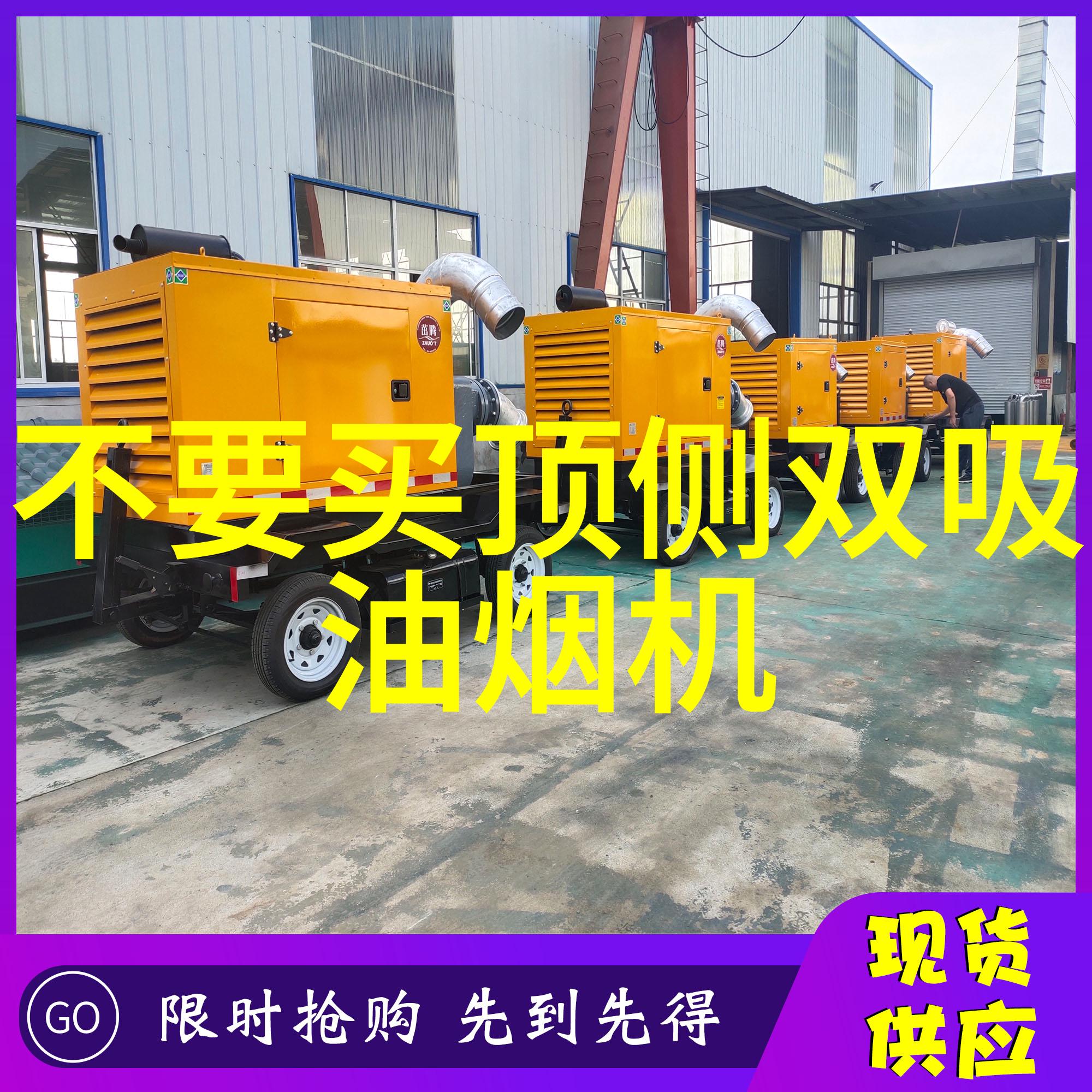引言:随着物联网技术的迅猛发展,无线传感器网络在各个领域的应用日益广泛。无线传感器作为WSN的基本单元,其电源设计直接关系到整个网络的性能和寿命。然而,由于无线传感器通常部署在环境复杂、维护困难的区域,其电源设计面临着诸多挑战。本文将探讨如何利用低压差线性稳压器(LDO)来应对这些挑战,为物联网无线传感器的电源设计提供有效解决方案。

二、物联网无线传感器电源设计的挑战
能耗问题:由于无线传感器通常依靠电池供电,因此降低能耗、延长电池寿命是电源设计的首要任务。
稳定性要求:无线传感器需要在各种环境下稳定工作,包括温度变化、电压波动等,因此电源设计需要具备高度的稳定性。

空间限制:无线传感器通常体积较小,electric power design need to achieve high-efficiency energy conversion in limited space.
成本考虑:物联网应用通常涉及大量传感器节点部署,因此electric power design's cost is also an important factor to consider.

三、LDO基本原理与特点

LDO是一种linearity voltage regulator,它通过调整输出与输入之间差值(即压差)来保持输出voltage stability.LDO具有以下特点:
Low dropout voltage: LDO can maintain a low pressure difference even when the output current is large, thus improving the efficiency of the power supply.
High precision: LDO output voltage accuracy is relatively high, which meets the stable power supply requirements of wireless sensors.

Low noise: LDO has good noise performance, which helps to reduce interference for wireless sensors.
Simple and easy to use: The use of LDOs is relatively simple without complex control circuits.
四、利用LDO应对物联网无線傳 感 器電 源 設計 的 挑 戰
降低能耗:
(a) Choose suitable LDO models according to sensor power consumption needs and select those with low static current and low pressure differences.
(b) Optimize power management strategies based on sensor working modes such as sleep mode or low-power mode.
提高稳定性:
(a) Optimize LDO circuit design by improving input filter circuits, output feedback circuits, etc., enhancing system stability under various environmental conditions.
(b) Implement thermal shutdown and overcurrent protection mechanisms for safety reasons.
应对空间限制:
(a) Use small package size LCOs that fit within limited spaces of wireless sensors.
(b) Optimize PCB layout designs to fully utilize available space while minimizing interference effects.
控制成本:
(a) Select economical but performance-matched LCOs that meet both functional requirements and cost constraints.
(b) Simplify circuit designs by reducing component numbers to lower production costs.
五、高效使用LCO进行物聯網無線傳 感 器電 源設計實際應用案例分析
以某型IoT無線溫度傳遮為例,其電力設計採用了LCO方案。具体实现如下:
1.Select a type of low-static-current-low-pressure-difference-LDOD device that meets the requirement for low-power consumption.
2.Add filtering circuitry at LDOD inputs to minimize input voltage fluctuations' impact on output voltages' stability.
3.Add feedback loops at LDOD outputs combined with overcurrent protection schemes.
4.Optimise PCB layouts so as tightly pack LDOD components in limited spaces.
Through these measures above this temperature sensor achieved its goals in terms of reduced energy consumption improved stability compact size & affordability providing reliable electric support for IoT applications.
六结论
Utilizing linear regulators effectively addresses challenges faced during designing electric systems powering IoT devices like wireless sensors; through careful choice of appropriate regulator types optimizing electrical circuitry alongside efficient PCB arrangements one can create solutions ensuring minimal energy expenditure superior reliability compactness & affordability; As IoT technology continues advancing future research should focus on integrating other technologies with linear regulators further refining their application scenarios within IoT networks



